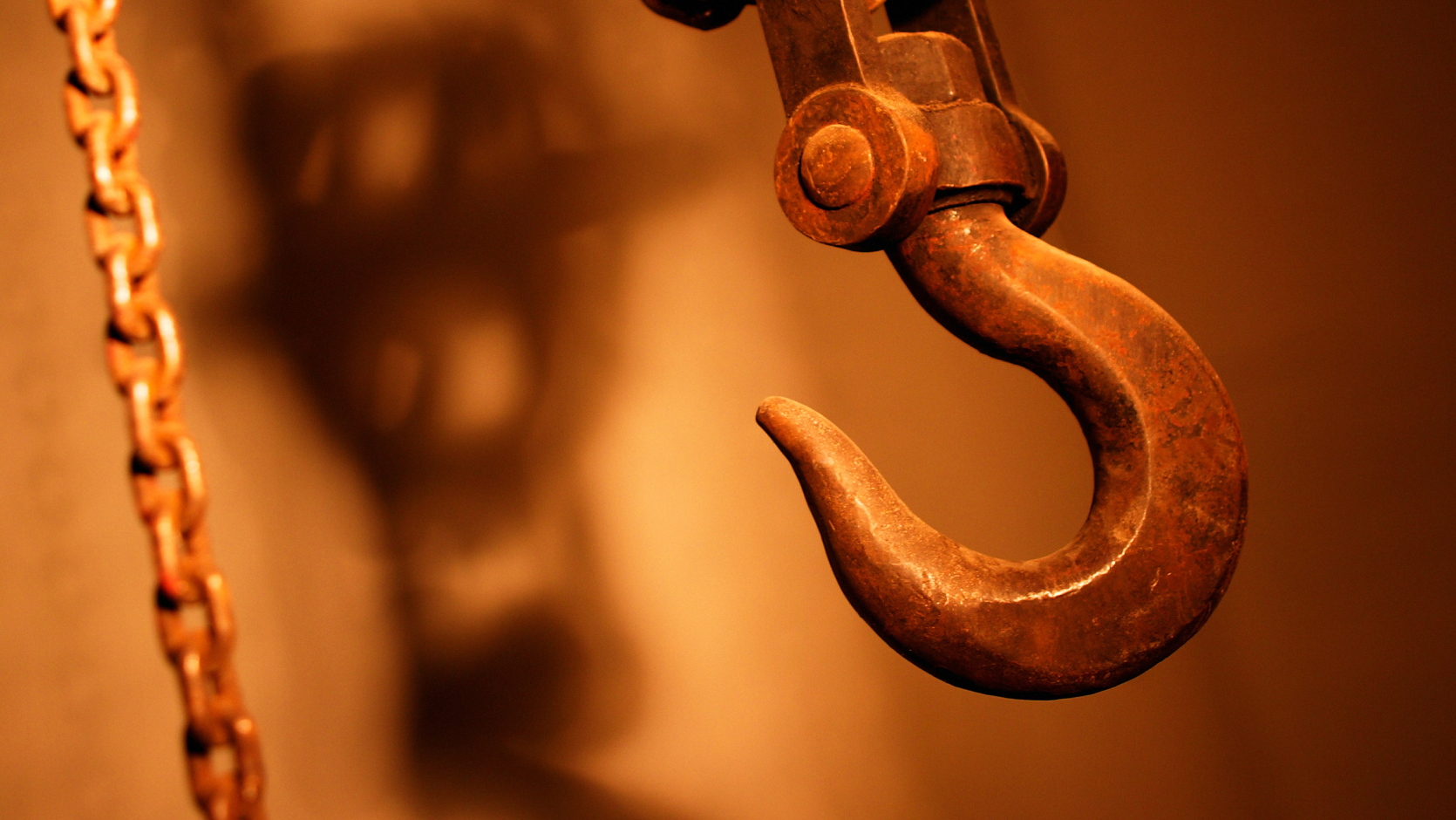The Facts
Panel company hired to supply and install panels for townhouse walls
AC was the principal contractor for the construction of fifty-eight townhouses on the outskirts of Sydney.
The townhouses were to be clustered across nine buildings, referred to as “stacks”.
AC engaged a panel company to supply and install panels that would form the walls of the stacks.
Each panel consisted of two large compressed cement sheets, separated from each other by short steel spacers.
The panels were to be placed vertically, resting on their edges, and then the spaces between the pairs of fibro cement sheets were to be filled by pouring concrete into the voids.
The panels were supplied in bundles, each consisting of several panels laid on top of each other.
Each bundle was secured by being wrapped in heavy plastic sheets.
Panels required to be lifted using pallet hook attached to crane
Because each townhouse stack was multi-level, it was necessary to use a crane to lift the panels and position them.
The principal contractor hired a cranage company for this purpose.
The cranage company provided a mobile crane, a crane driver, and a dogman (the person whose role it is to provide directions to the crane driver during the lift).
To lift each bundle of panels, the crane had to be equipped with a pallet hook, a device effectively consisting of a pair of forklift tines which could be attached to the crane’s hoisting cable.
This pallet hook was provided by the panel company.
To lift a bundle safely, the tines of the pallet hook had to be inserted into the frame of the bottom panel of the bundle.
Pallet hook not secured properly and panel falls from crane
On the morning of 15 December 2017, the crane was being used to lift bundles of panels up to the first level of stack two.
A labourer, engaged by the panel company from a labour hire firm, was doing the job of inserting the tines of the pallet hook into the frame of the bottom panel of each bundle.
The dogman had positioned himself on the first level of stack two to land the loads.
On the ground in the vicinity of the crane there were also two workers who worked for the company engaged by the principal contractor to provide scaffolding.
Unfortunately for those workers, the bottom panel from a bundle being lifted by the crane fell from a height, striking them both. One was not badly hurt, but the other sustained serious injuries.
It became apparent that the panel company’s labourer had inserted the tines of the pallet hook into the panel which was second from the bottom, instead of the bottom panel. This left the bottom panel, which weighed some 76 kilograms, supported only by plastic wrapping. This panel slipped out of the plastic and fell.
SafeWork NSW prosecutes panel company for breach of workplace health and safety duty
SafeWork NSW prosecuted the panel company, alleging that the company was in breach of its duty owed under section 19 (2) of the NSW Work Health and Safety Act 2011 (“the Act”), which states:
A person conducting a business or undertaking must ensure, so far as is reasonably practicable, that the health and safety of other persons is not put at risk from work carried out as part of the conduct of the business or undertaking.
It was common ground that the employees of the scaffolding company were “other persons” within the meaning of this subsection.
The central issue was whether the cranage work was “work carried out as part of the conduct of the [panel company’s] business or undertaking”.














Expert commentary on the court's decision
Court finds panel company guilty of breaching workplace health and safety duty
In SafeWork NSW v HD Projects Pty Ltd (2020) NSWDC 765, the NSW District Court found that lifting the panels was part of the “business or undertaking” of the panel company, HD Projects Pty Ltd, and that in allowing the labourer, Mr Dessens, to attach the bundle of panels to the pallet hook, the company was in breach of the duty it owed under section 19 (2) of the Act.
In a subsequent sentencing hearing, the Court fined HD Projects $170,000. (Please see SafeWork NSW v HD Projects Pty Ltd [2021] NSWDC 126.)
HD Projects appealed to the NSW Court of Criminal Appeal but was unsuccessful. (Please see HD Projects Pty Ltd v SafeWork NSW (2022) NSWCCA 212.)
Cranage work done by labourer carried out in conduct of panel company’s business
The Appeals Court judge referred to the District Court judge’s factual findings, including that:
According to the Appeals Court judge, it was “clear that in these circumstances Mr Dessens assisted with the cranage as part of the performance of his general labouring duties on the site”. The judge therefore concluded that HD Projects owed a duty to the injured workers under section 19(2) of the Act.
Panel company breached duty owed under section 19(2)
In concluding that HD Projects had breached its duty owned under section 19(2), the District Court said that HD Projects knew or ought to have known that Mr Dessens did not have training or experience in attaching a pallet hook to a load.
Further, the court found that there were “reasonably practicable” things that HD Projects could have done to avoid the incident.
For example, the company could have prohibited loads from being lifted unless there were enough competent dogmen to undertake the task.
It could have prohibited anyone from attaching a load to the pallet hook unless they were competent and trained to secure it safely.
It could have provided adequate information, instruction and training to Mr Dessens as to the scope of his role and prohibited him from engaging in work for which he was not qualified.
It could also have ensured that an exclusion zone was set up around the crane, so that people were not standing under it.
On appeal, HD Projects did not challenge the trial judge’s findings in relation to breach of duty.
High WHS standards must be met by persons conducting a business
The duties imposed on a person conducting a business or undertaking (often abbreviated as “PCBU”) have steadily increased since the enactment of the 1983 Occupational Health and Safety Act in NSW.
There is a clear legislative intent: to avoid injury to workers.
The present Act requires workers to take appropriate care for their own safety. However, recognising that those managing enterprises have far more power in this area, the onus is mainly on them.
Where there is doubt, courts will have regard to the policy purposes underlying legislation and prefer the interpretation which better gives effect to the legislative intent.
The standard imposed by the Act is that the person conducting a business or undertaking must “ensure” that risks to health and safety are avoided.
These are demanding words: “ensure” imports certainty, not merely best efforts; and a “risk” can be found even where there is no injury or damage.
The only qualifying words are that steps are not required which are not “reasonably practical”.
Here, it was abundantly clear that Mr Dessens could have been kept away from this task, even if it meant delay, and thus additional costs.
Note also that while HD Projects was fined $170,000, the maximum penalty for the offence that occurred is $1.5 million.
Clear demarcation of WHS responsibilities in complex projects is rare
The other message needing to be heard by the managers of complex projects is that, almost by definition, there is rarely a clearcut demarcation of the responsibilities of what may be several subcontractors, often with contractual responsibilities much more closely entwined than they were in this case.
It is really risky business to be aware of a risk and yet to hope that the burden of avoiding it will fall on someone else involved with the project.
So, it is essential that risk analyses are properly and competently carried out, and that apparent risks are not pushed aside in the belief that they are only a problem for someone else.
Expert advice is not necessarily legal: there are many providers in the work health and safety arena who are able to give sound advice on risk management.
Legal advice can, of course, also be a useful element in assessing overall risk, and thus informing both operational management and financial planning of substantial projects.
For more information about workplace risks, please see Construction site accidents and injured workers and “Twenty pegs wouldn’t have done it”: questions posed by the Tasmanian jumping castle accident.